The Glyptoteket
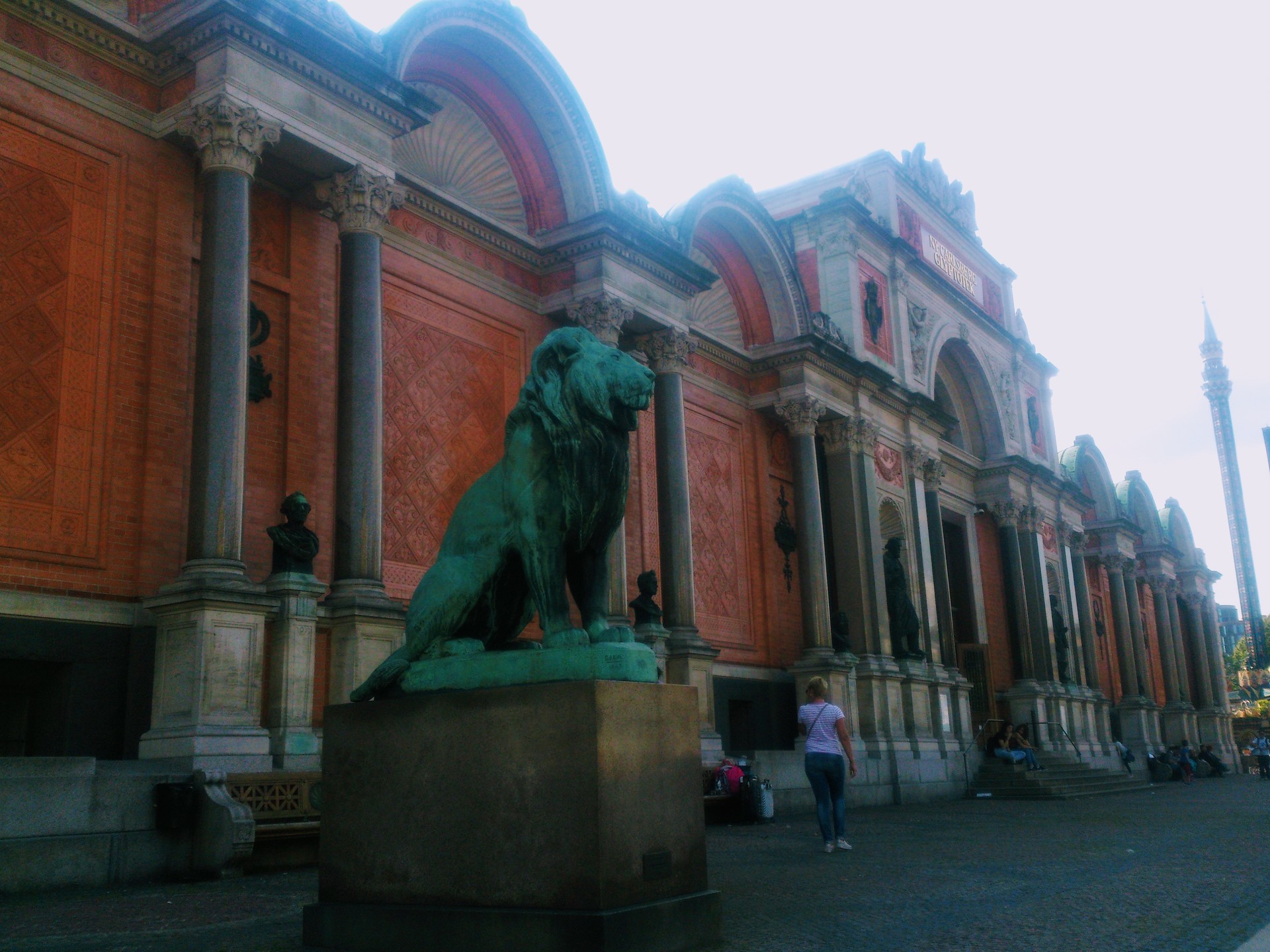
The introduction
Hello everyone, I hope, that you are all doing just fine!
In this article I want to tell you about the Glyptoteket and my visit there.
Well, to tell you the truth, there were many brochures and advertisements all around the city of Copenhagen about the Glyptoteket and there were signs and things like that, telling us to go and visit the Glyptoteket, however, I was not that interested in visiting this place, because I didn’t think, that there would be something very important in there and I was just wondering, why people were putting so much effort in advertising the Glyptoteket.
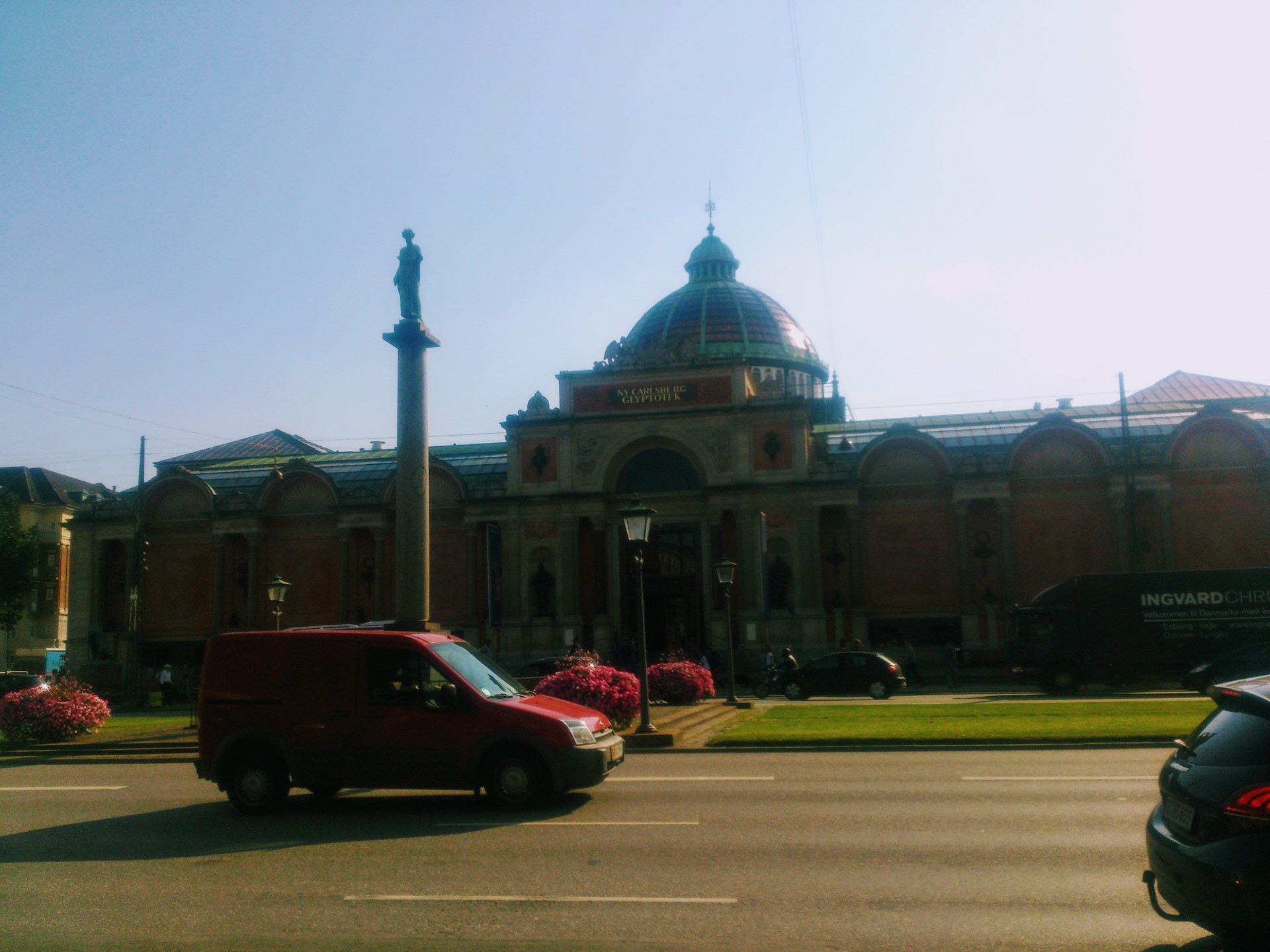
Being in Copenhagen there were many of us, which were not from Copenhagen or Denmark, so that we also wanted to sightsee the city and visit many museums and famous places and tourist attractions. It was this one day, when one of the students said something about the Glyptoteket and she was saying, that there were many historical things exhibited there and they were pretty interesting and she also said, that the Glyptoteket was free on Tuesdays, so that we could go and visit the Glyptoteket on that day until the working hours were over and it was like 5 p.m. if I remember it correctly. Well, I had some other plans on that Tuesday, that she was going to go to that Glyptoteket, however, I could still go there whenever I wanted, because I already had my Copenhagen Card by that time, so that I could have a free entrance there just whenever I wanted.
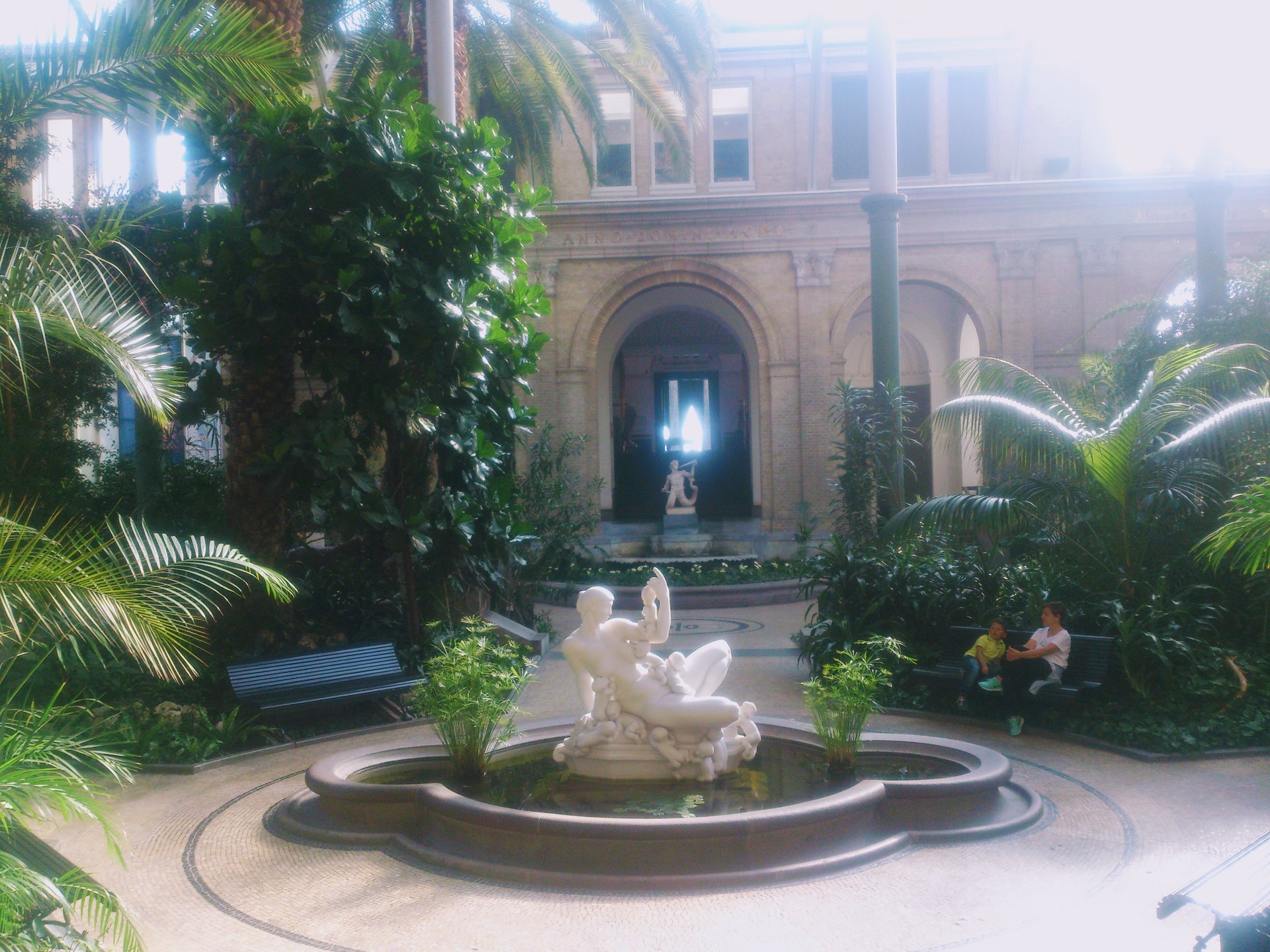
So that, I still decided to go to the Glyptoteket, but not for the ancient stuff exhibition, but for the painting exhibition. I didn’t know about that paintings exhibition there and it was pretty surprising and very exciting, when I heard about the exhibition, because there you could see the famous painters paintings, such as Vincent Van Gogh, Claude Monet, Manet, Degas, Renoir, etc. When I asked about that to my coursemate, who had already gone to the Glyptoteket, she told me, that she hadn’t seen the paintings stuff, because she didn’t have enough time to go there, too, because she was looking at the ancient stuff and the sculptures and things like that.
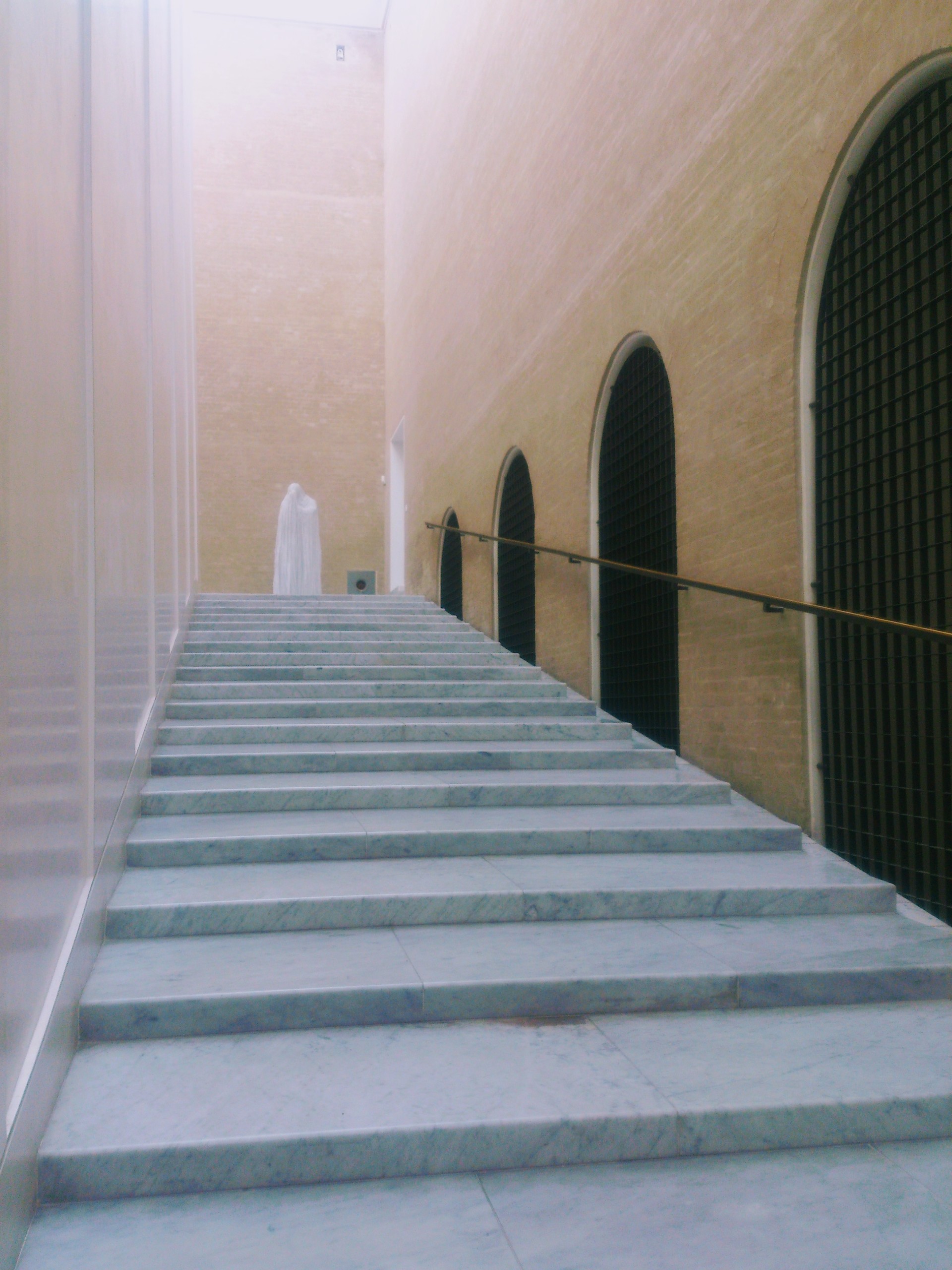
The Etruscans were clever bronze smiths and the tomb furniture is evidence of their skills. There are ladies with Medusa’s head, which were intended to frighten evil away. There are mythical creatures with winged shoes. Each of the 3 feet is shaped like the paw of a lion treading on a frog. You can see many ritual things there for the tombs, too.
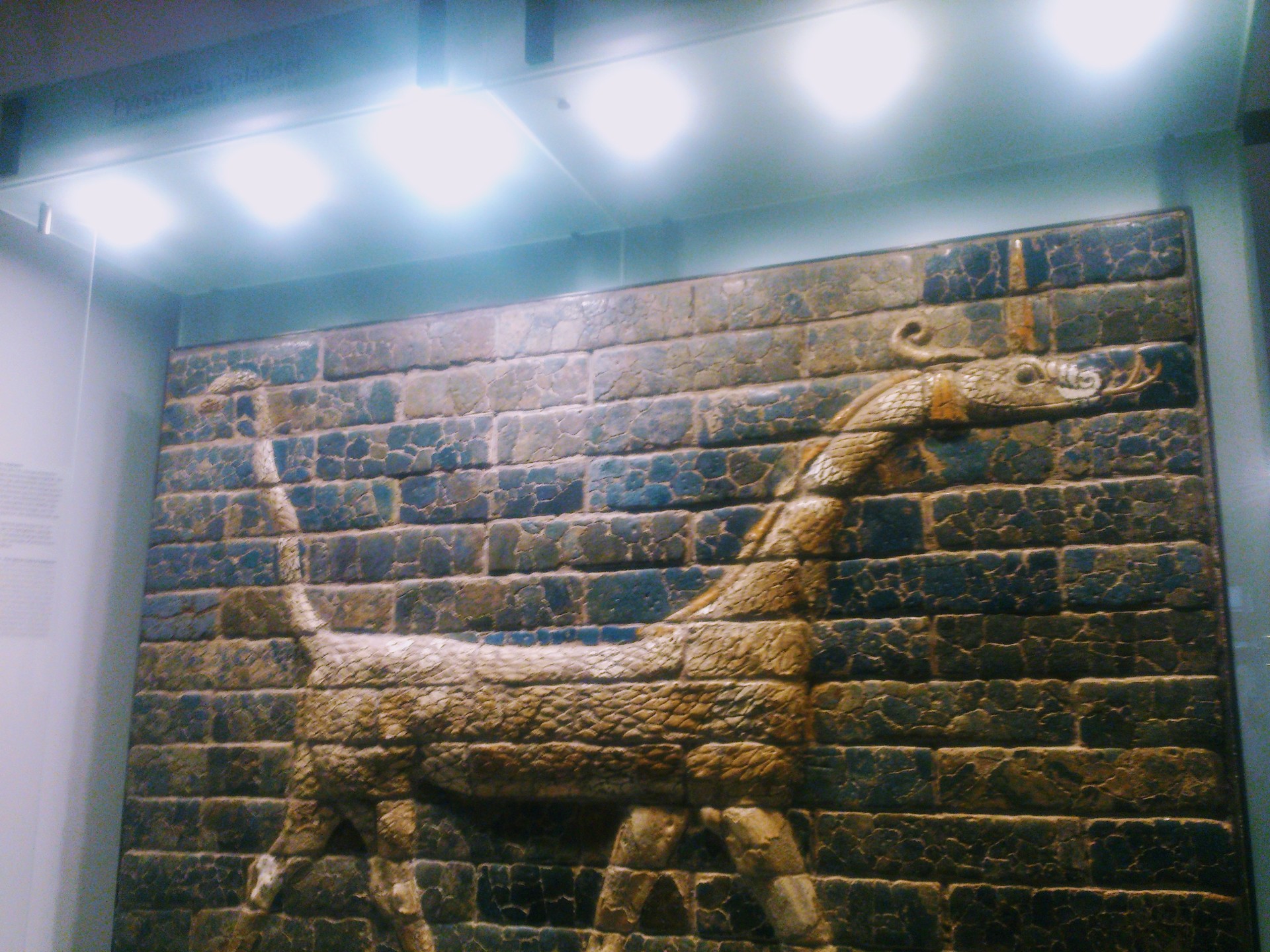
There are warriors and hunting scenes illustrated on clay things, which were for the elite and to describe the life of the elite. The Etruscans learned things about the constructions from the Greeks and they built buildings like that, so that the roof would be protected and the rainwater would go down through the pipes.
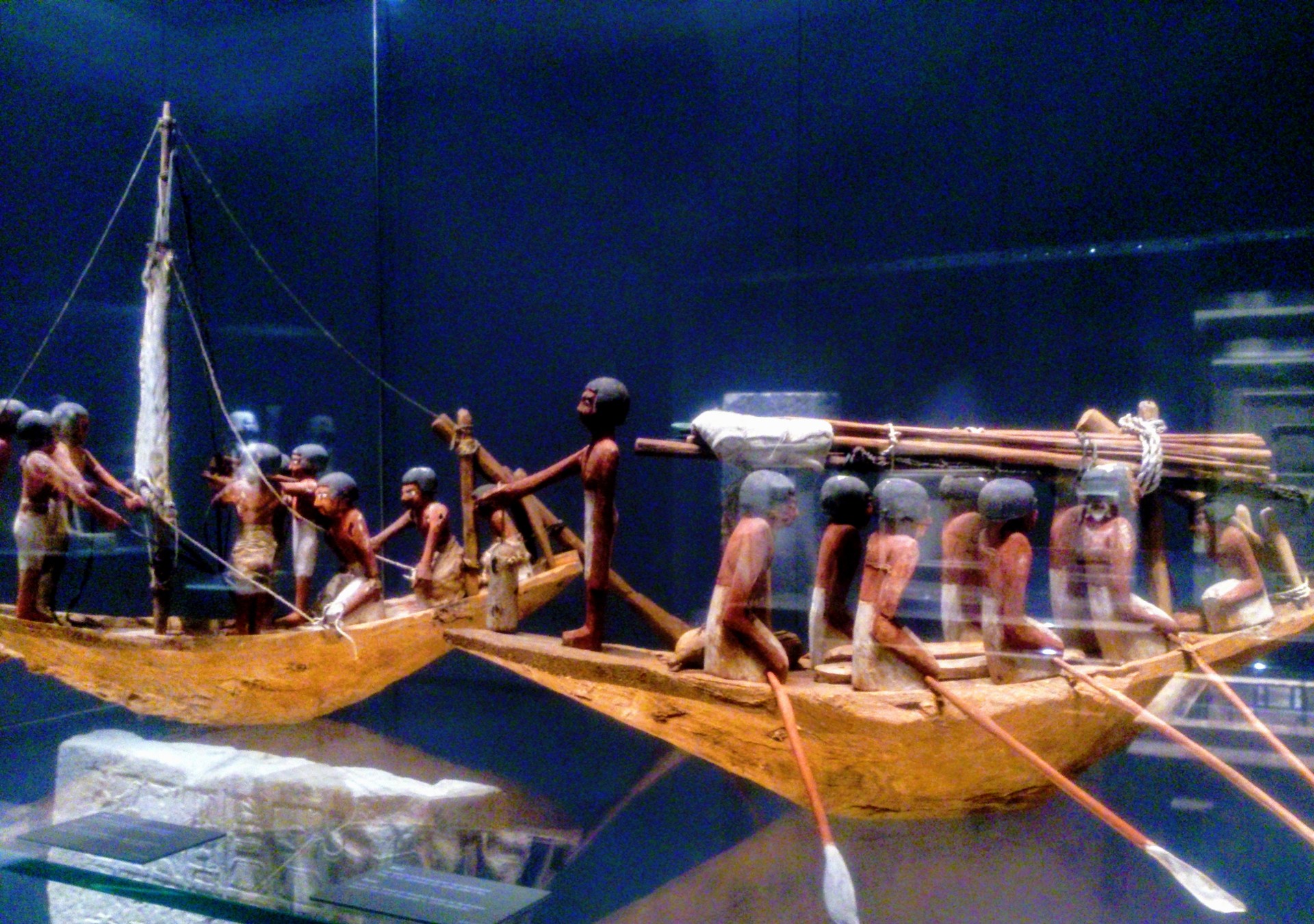
Small clay figures were quickly made and thousands have been found in shrines all over the Mediterranean _ simple and cheap offerings with great symbolical significance. They expressed specific rituals carried out by the worshippers or by priests or priestesses. Figures with outstretched arms represent never-ending prayer.

Well, in the Mediterranean around 700-500 BC each people had its own gods. Everyone, from prince to slave, was subjected to the gods, who were consulted prior to every act. People went to the shrines with offerings and sacrifices to receive a sign from the god and to have the god’s favour and gratitude. The religious customs were different in all cultures, though they kind of resembled each other, still.
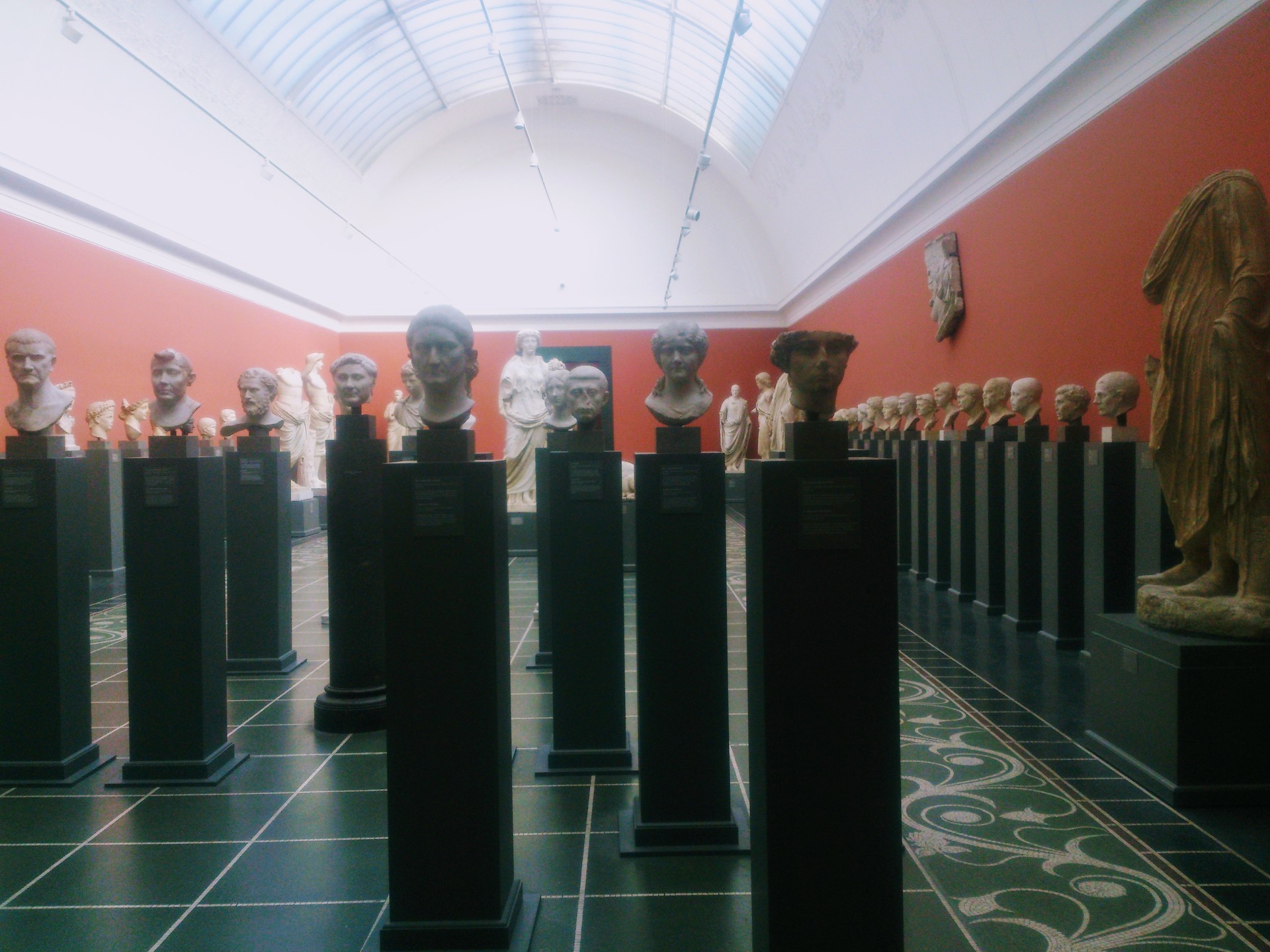
In Greece, rituals had to be conducted at burials to ensure the dead person’s journey to the other side. The women of the family wrapped the body and expressed grief by loosening their hair, tearing their faces and stuff like that. The deceased was buried with only a few possessions and sweet-scented oil in small containers.
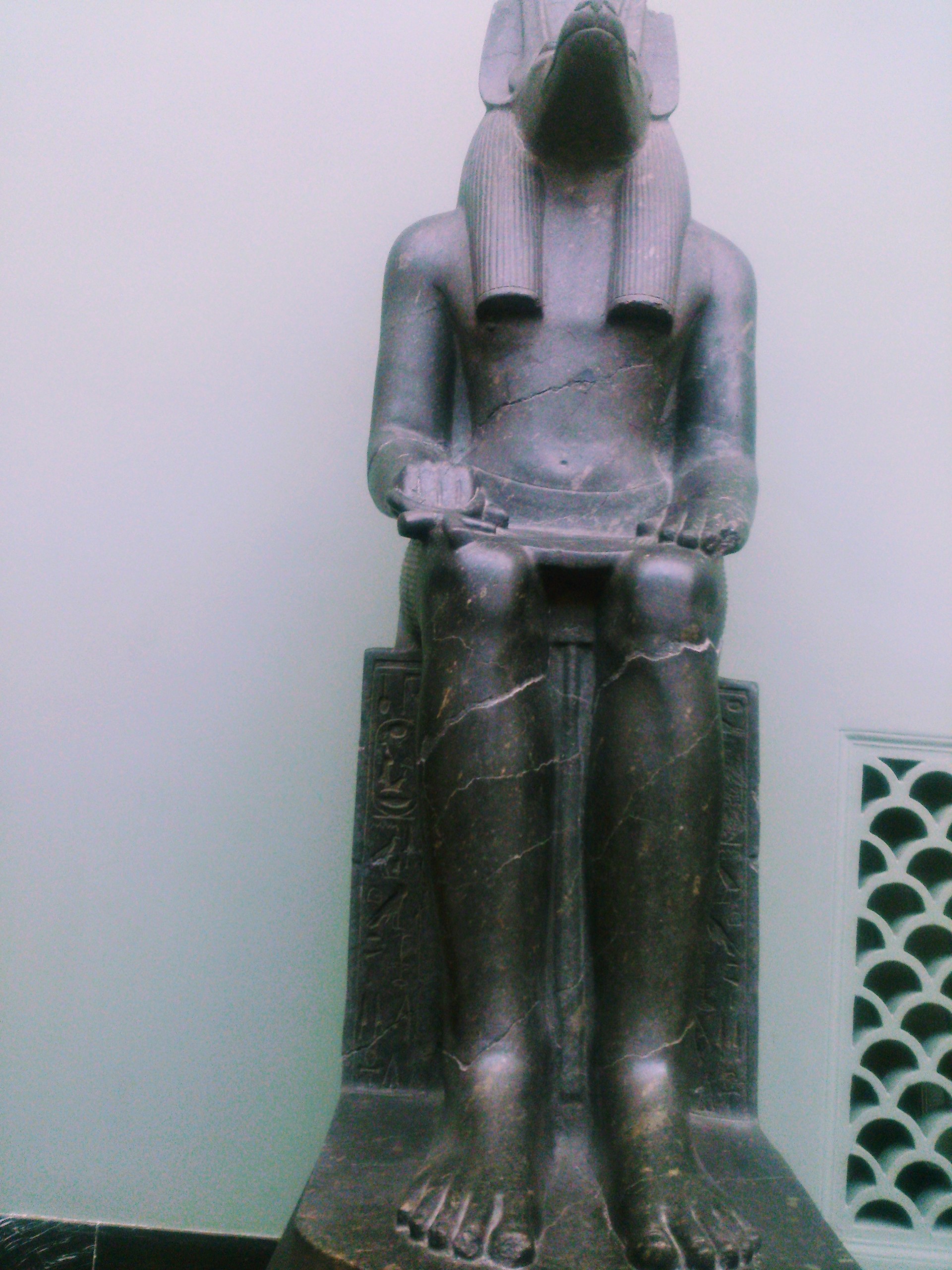
Photo gallery
Want to have your own Erasmus blog?
If you are experiencing living abroad, you're an avid traveller or want to promote the city where you live... create your own blog and share your adventures!
I want to create my Erasmus blog! →







































































Comments (0 comments)